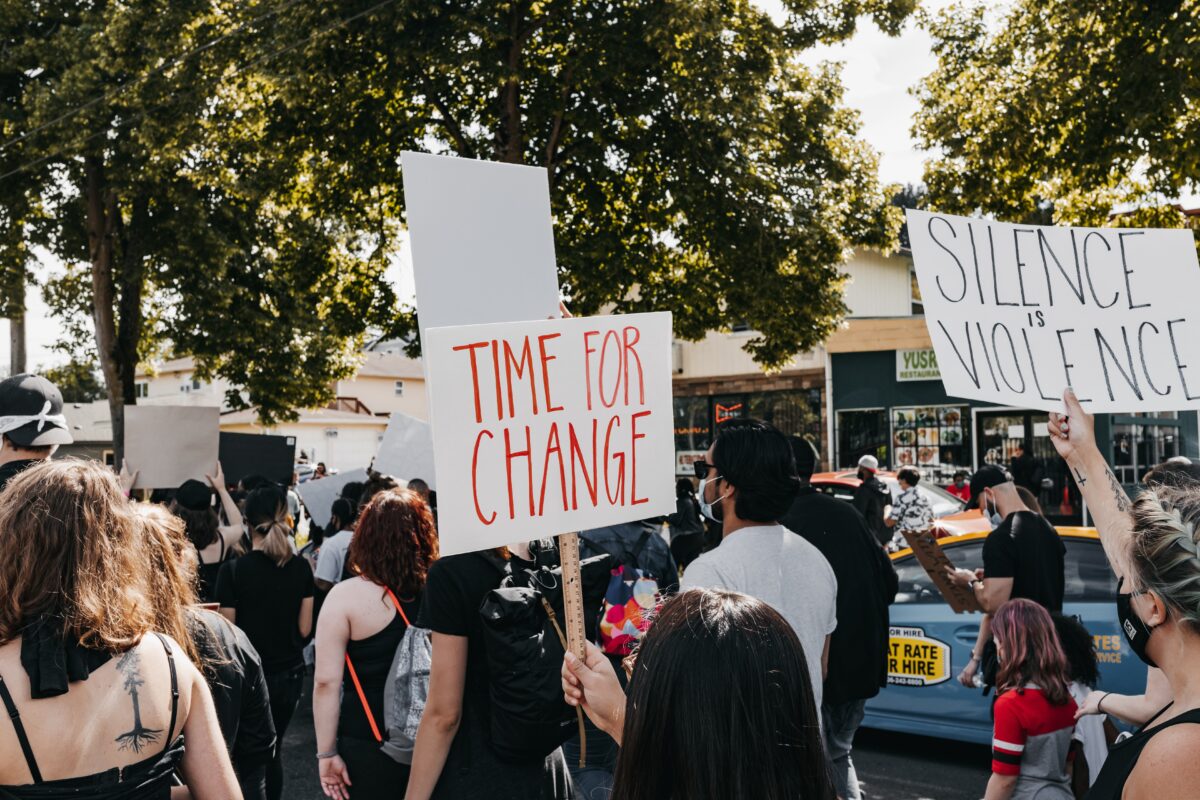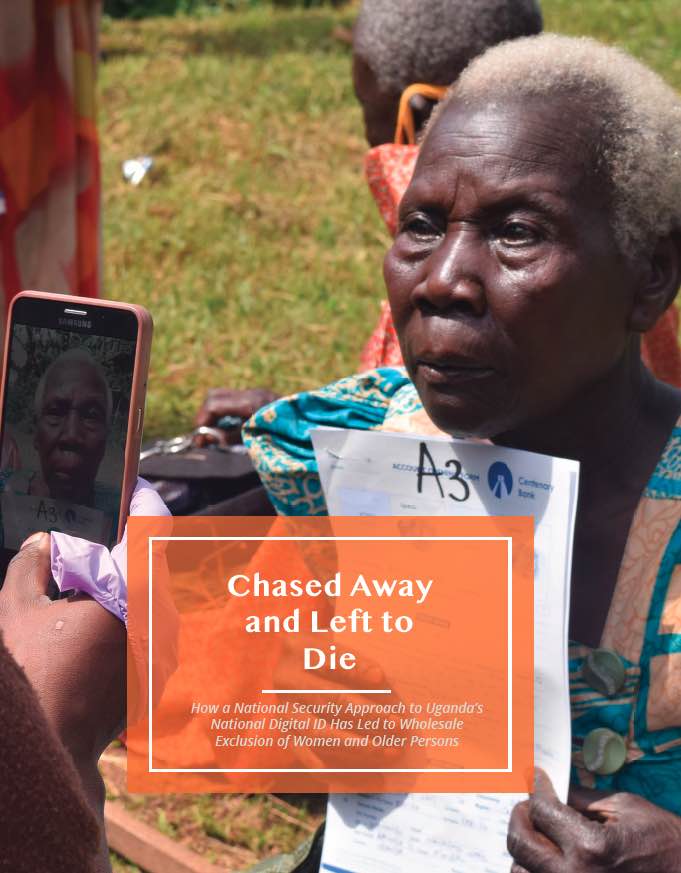CLIMATE AND ENVIRONMENT
Enough Symbolism, We Need Real Climate Action: Why We Shouldn’t Let Governments Hide Behind Symbolic Climate Emergency Declarations
Though symbolic climate emergency declarations can helpfully shape the narrative around climate change, advocates shouldn’t let them be used to mask government failures to take material action to combat the climate crisis.

The dawn of a new administration raises hopes among climate activists that the U.S. government may finally take the urgent action needed to avert climate catastrophe. High-profile climate advocates have recently called on Joe Biden to be the “climate president.” As part of this effort to push Biden on climate change, some–including Representative Alexandria Ocasio-Cortez and Senate Majority Leader Chuck Schumer–have argued that the president should treat climate change like an emergency by declaring a climate emergency and, potentially, using the emergency powers afforded the executive to take bold actions on climate change.
What would that look like? Would it materially advance climate action? Experiences around the world on climate emergency declarations offer an answer: it depends.
A handful of countries and hundreds of municipalities, cities, and towns worldwide have declared a climate emergency, and those numbers continue to increase. Countries that have issued climate emergency declarations include: New Zealand, the United Kingdom, Canada, Bangladesh, and Argentina. Municipalities and cities likewise include: Sydney, Australia; New York City; Bogotá, Colombia; and South Chungcheong, South Korea. For some observers, this is an outstanding trend. The picture, however, is complicated upon further inspection and assessment of what these climate emergency declarations actually do.
While some of these climate emergency declarations are paired with material policy commitments and programs, overwhelmingly, these declarations are only symbolic. Although it’s important to shift the discourse on climate change so that its urgency garners more mainstream recognition, with less than ten years left to put humanity on track to avoid climate disaster, it just isn’t enough.
Below, we take a look at the climate emergency declaration trend and what it means for the new U.S. president.
What Is a Climate Emergency?
A climate emergency declaration is a resolution or piece of legislation passed by a governing body that recognizes climate change as an emergency and, generally, voices support for action commensurate with treating climate change as an emergency. The first climate emergency declaration was passed in 2016 in Darebin, Australia and hundreds of emergency declarations have been issued since.
Generally, climate emergency declarations tend to be non-binding resolutions. They may also be imbedded in larger climate legislation. If they are stand-alone resolutions, then they may be followed by additional climate legislation or policy commitments aimed at further reducing greenhouse gas emissions.
The content of the declarations varies, but they all label climate change as an “emergency.” They generally include expressions of support for mobilizations of resources, particularly on a massive scale. Indeed, one of the goals of Climate Mobilization, an organization leading the climate movement push for emergency declarations, is to build political will using emergency declarations for WWII-level resource mobilization in the fight against climate change. Many declarations also support efforts to reach carbon neutrality by 2030 or some other year in the near- to medium-term future.
So, What Have Climate Emergency Declarations Actually Achieved?
Undeniably, climate emergency declarations have helped shift the discourse around climate change to better reflect the gravity and the urgency of the situation. This shift in the framing of climate change–from a problem that could be gradually addressed to one that requires immediate and profound action–is a goal of the climate advocates working to advance these declarations. Advocates argue that declaring climate emergencies can help trigger a “fundamental departure from [the] ‘normal’ mode of functioning” by waking people up to the existential threat posed by climate change. In other words, declaring a climate emergency can help shift people from functioning in a “business as usual” mode to a “climate emergency” mode by “telling the truth” about the nature of the climate threat.
Climate emergency declarations overwhelmingly, however, fall short of advancing material action on climate change. The climate emergency declarations issued by the United Kingdom, Canada, the European Union, Japan, Spain, and Argentina, for example, are non-binding insofar as they do not require the government to take any particular action on climate change. Moreover, the vast majority of these declarations have been issued by local governments, which typically don’t have the emergency powers that federal governments do. Even in places where climate emergency declarations are paired with substantive policies, like in New Zealand, the policy itself may not be sufficient nor actually reflect, in material terms, the characterization of climate change as an emergency. In other words, though political leaders are employing “emergency” rhetoric, they are failing to match that rhetoric with the substantive action that we would expect to see governments take in emergency situations. Though these political leaders are “declaring” climate change as an “emergency,” they are not invoking the emergency procedures and powers permitted under law that are used in other emergency situations, such as natural disasters and war.
Why It Matters that These Declarations Are Generally Non-Binding and Symbolic in Nature
Though climate emergency declarations clearly help communicate the dangers of climate change, they also provide cover for political leaders who want to play the role of a “climate leader” without taking the tangible action necessary to actually lead on climate change.
Take Canada, for example. In 2019, the Canadian House of Commons passed a non-binding resolution expressing the legislative chamber’s view that climate change is indeed an emergency and requires a response requisite with its characterization as such. However, the very next day, the Trudeau administration approved a controversial pipeline expansion. The fact that the Canadian government can pay lip service to climate action through a non-binding resolution while at the same time advancing policies that undermine climate mitigation highlights the core limitations of climate emergency declarations as they have been designed thus far. Not all governments demonstrate inconsistency on climate change as extreme as this, but the effect is similar. Climate emergency declarations, which are overwhelmingly symbolic, allow political leaders to paint themselves as being serious on climate change without making actual commitments or taking any concrete actions to stem the climate crisis.
What Does All of This Mean for the United States?
The point is: we must not settle for symbolic performances in lieu of the ambitious material climate action that is so desperately needed.
Instead, let’s continue to push President Biden to be the climate president and treat climate change like the emergency it is. After all, this is one of the last presidencies that can still undertake ambitious actions to avoid locking in climate wreckage in the coming decades. But, given the stakes, let’s not give this administration–nor any government–the opportunity to hide behind symbolic performances. That means pushing Biden to make hard, substantive commitments on climate change, including the use of the constitutional and legal powers afforded the president during emergencies, so that climate action doesn’t continue to languish in a Congress, still home to far too many climate deniers and climate minimizers.
July 6, 2021. Jacqueline Gallant, The Earth Rights Research & Action (TERRA Law).




